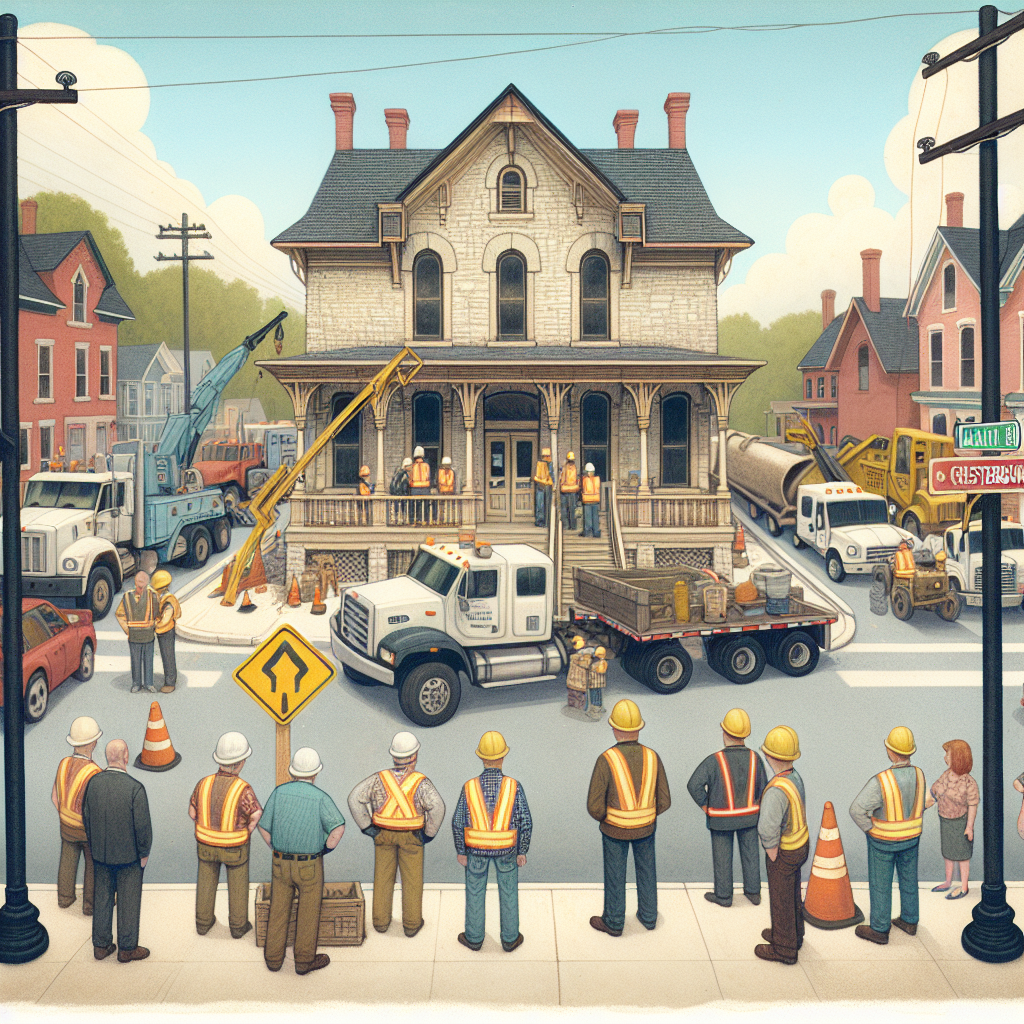"Chesterburgh’s Old Railway Station: A Community’s Journey from Silence to Renewal"

On a quiet spring morning in Chesterburgh, the familiar chime of the town’s community bell was replaced by the hum of construction equipment as crews began work on the long-anticipated restoration of the old railway station at Maple and Fifth. The project, years in planning, signals a hopeful chapter for the town’s downtown district, promising to breathe new life into a building that has stood silent and weathered since the rail line ceased passenger service in 1983.
The Chesterburgh Historical Society, in partnership with the town council and several local businesses, has spearheaded the restoration effort. Funded by a combination of municipal grants and private donations, the project aims not only to preserve the station’s historic architecture but to create a community hub that can serve multiple purposes: from a small museum chronicling the town’s industrial heritage to a venue for farmers markets and seasonal events.
Standing on the site as the first beams were raised, Mayor Linda Peale emphasized the importance of the project in shaping Chesterburgh’s future while honoring its past. "This isn’t just about restoring a building," she said, "It’s about reconnecting our community to our roots and providing a welcoming space where people can gather, learn, and celebrate what makes Chesterburgh unique."
The train station opened in 1894 and played a central role in Chesterburgh’s growth, linking the town to larger cities and fostering commerce and travel. For decades, it served as a daily crossroads where farmers, merchants, and laborers came together, exchanging news and goods. Its decline began in the mid-20th century as automobile travel and freight trucking altered transportation patterns.
Local resident and historian Martha Evers, who has researched the station extensively, recalled the building’s heyday. “I used to ride the train with my grandfather as a child,” she said. “There was always a kind of magic in the air — the bustle of passengers, the whistle of the engine, the smell of coal and sweat, and the energy of people on the move. It's wonderful that the station will have a second life.”
The restoration involves careful preservation techniques to maintain original features, such as the handcrafted wooden ticket counters and wide bay windows that once watched over the platforms. In addition to structural repairs, the project will upgrade the space with modern amenities to host community programs, art exhibits, and educational workshops.
Chesterburgh residents have expressed a mixture of nostalgia and optimism about the project. At Betty’s Diner, just a block away, longtime patrons shared their memories of the station and their hopes for its future. "My father worked the freight office here before the line shut down," said Dan Roberts, a local truck driver. "It’s good to see it not just left to rot but used again—to bring back some of that old Chesterburgh spirit."
Business owners in the vicinity are already anticipating a boost in foot traffic once the station reopens. “The new community space will definitely bring more visitors downtown,” said Rosa Martinez, who owns a boutique across the street. “It creates a warm, inviting atmosphere that encourages people to explore and support local shops.”
The project also includes plans for interpretive signage and interactive displays to engage younger generations with Chesterburgh’s history. Local schools have expressed interest in incorporating field trips to the site, using the station as a living classroom where students can connect directly with their town’s past.
Construction is expected to take approximately nine months, with phased openings planned to all
